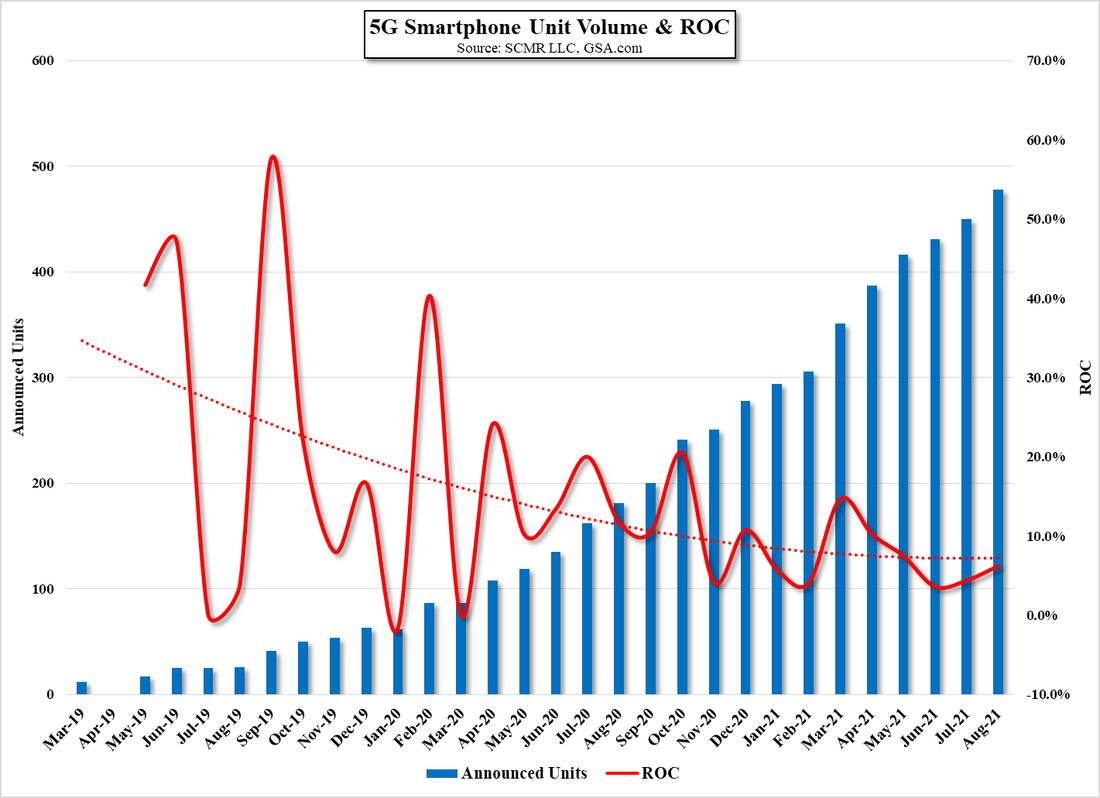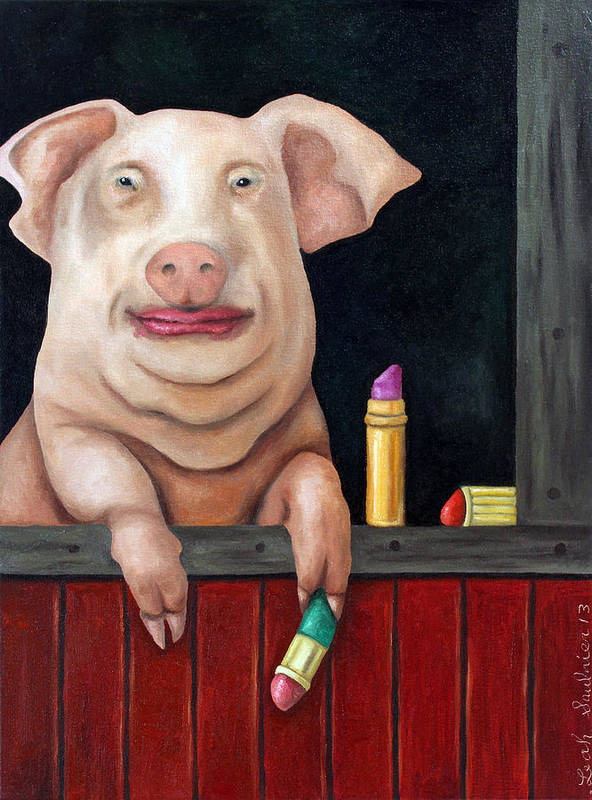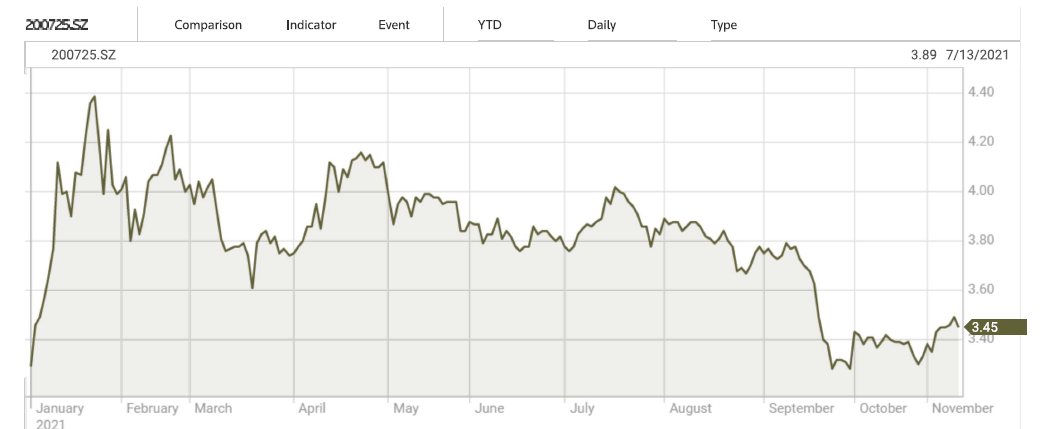Samsung & the ITC
The complaint asks for a General Exclusion Order and a Cease & Desist, with the exclusion order being a more general ban on the companies indicated and any companies that ‘show similar behavior’, to avoid companies bypassing current trade routes that are monitored, and finding other companies that will help them import the affected items. BOE has been said to sell displays that do not qualify as primary grade to companies that perform display repairs on a number of products, and with the more flexible repair rules that have become available for Apple products, Samsung Display seems to be looking keep repair shops from replacing Samsung Display screens with those from BOE.
While this could have implications for BOE and potentially raise the cost of repairs, the ITC also considers the impact on the general public and even if the alleged violation proves to be true, it is up to the ITC to determine whether an outright ban would be in the interests of the public, as opposed to the financial benefit of SDC. The defendants will cite consumer’s rights to repair a device any way they choose, but the typical patent infringement suit would normally take 24 to 36 months before a judgement is obtained, while the ITC usually takes a year to 18 months for such decisions. Once a decision is made by the ALJ, it goes to the President to be approved, at which point an appeal can be filed in the Federal Court of Appeals, but if the President rejects the decision, neither party can appeal.
- Apt-Ability, LLC d/b/a MobileSentrix of Chantilly, VA;
- Mobile Defenders, LLC of Caledonia, MI;
- Injured Gadgets, LLC of Norcross, GA;
- Group Vertical, LLC of Grand Rapids, MI;
- Electronics Universe, Inc. d/b/a Fixez.com of Las Vegas, NV;
- Electronics Universe, Inc. d/b/a Repairs Universe, LLC of Las Vegas, NV;
- LCTech International Inc. d/b/a SEGMobile.com of City of Industry, CA;
- Sourcely Plus LLC of Tempe, AZ;
- eTech Parts Plus, LLC of Southlake, TX;
- Parts4Cells, Inc. of Houston, TX;
- Wholesale Gadget Parts, Inc. of Bixby, OK;
- Captain Mobile Parts Inc.of Dallas, TX;
- DFW Imports LLC d/b/a DFW Cellphone and Parts of Dallas, TX;
- Phone LCD Parts LLC of Wayne, NJ;
- Parts4LCDof Wayne of NJ;
- Mengtor Inc. of El Monte, CA; and
- Gadgetfix Corp. of Irvine, CA.






 RSS Feed
RSS Feed